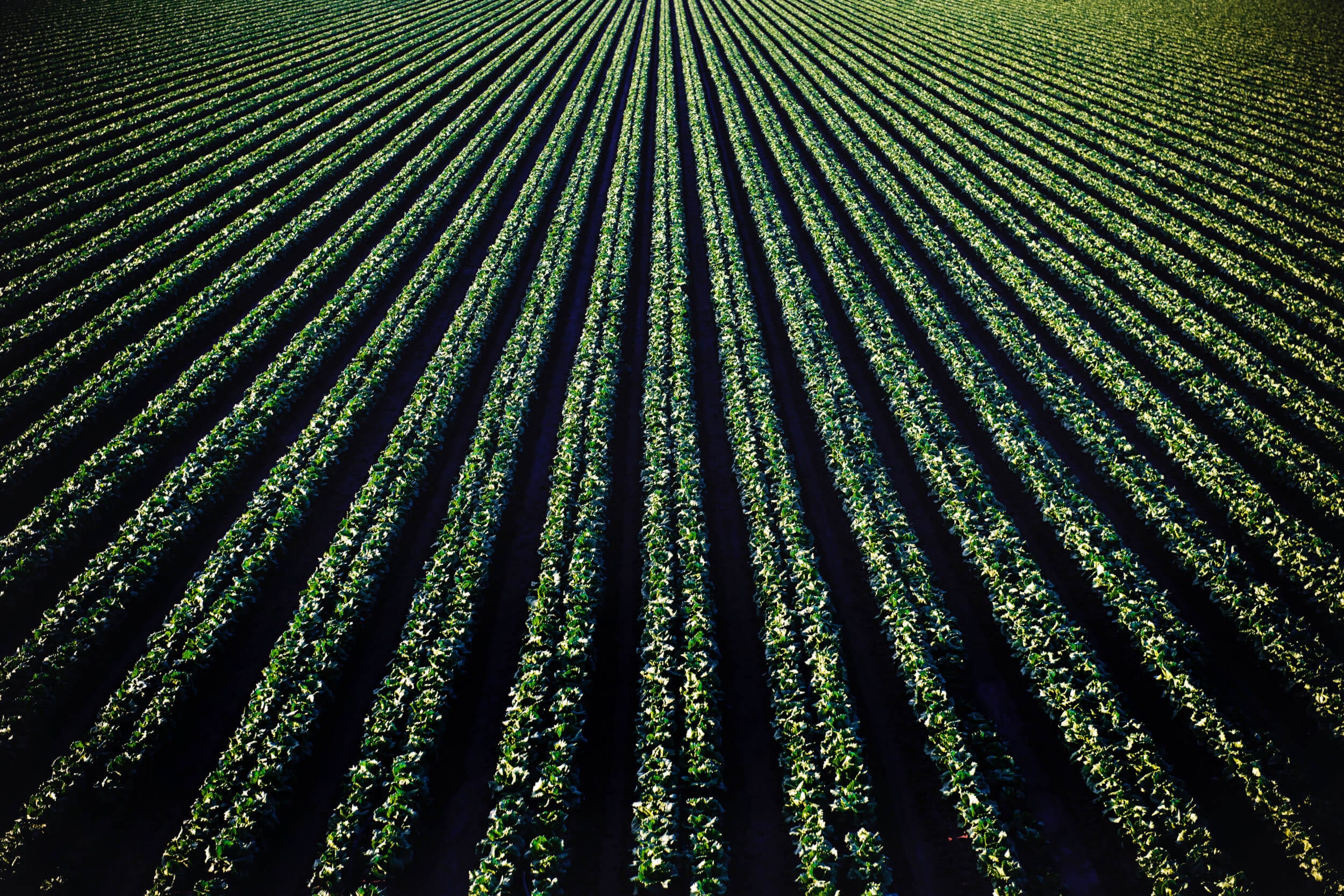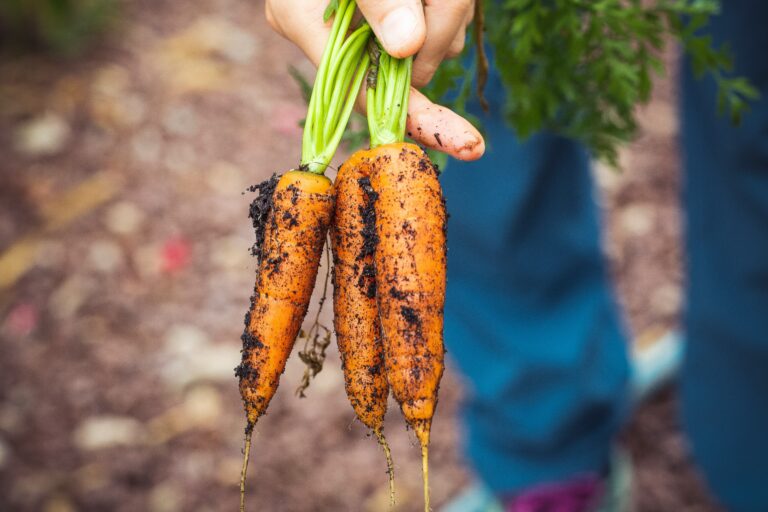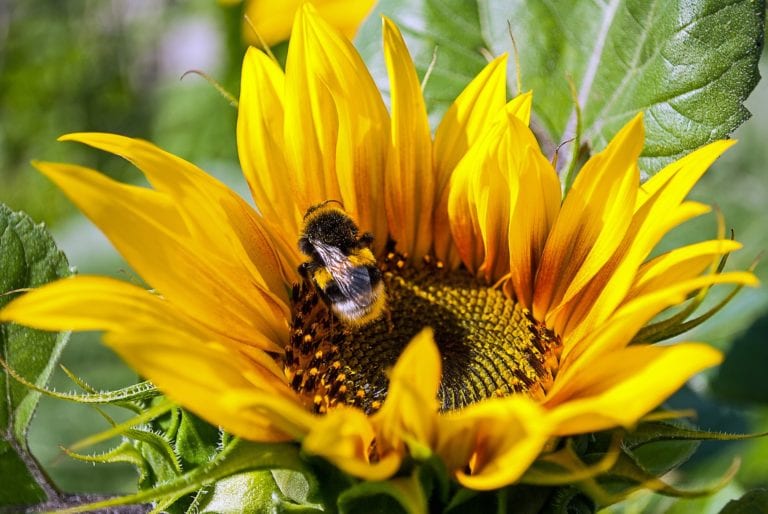Nothing will benefit human health and increase the chances for survival of life on Earth as much as the evolution to a vegetarian diet. — Albert Einstein
You may think that veg equals virtue. Sadly, it’s not that simple; the true story is much more nuanced, as noted in “Why Salad Is So Overrated,” Tamar Haspel’s article from The Washington Post, 23 August 2015.
Fruits, vegetables, and condiments have been the basis for some of humanity’s worst crimes: imperial spice wars of colonization; slavery on sugar plantations; and the establishment of banana republic dictatorships, to name just a few.
Salad vegetables are pitifully low in nutrition. A head of iceberg lettuce has the same water content as a plastic liter bottle of water (96 per cent water, 4 per cent solid container) and is only marginally more nutritious. In that sense, lettuce is simply a frightfully expensive vehicle to transport refrigerated water from farm to table. That is not the only problem. Lettuce has a couple of unenviable top rankings in the food world. For starters, it’s the top source of food waste (vegetable division), becoming more than one billion pounds of uneaten salad every year. And it’s also the chief culprit for foodborne illnesses. According to the US Centers for Disease Control and Prevention, green leafies accounted for 22 per cent of all foodborne illnesses from 1998–2008.
Fruits, vegetables, and condiments have been the basis for some of humanity’s worst crimes: imperial spice wars of colonization; slavery on sugar plantations; and the establishment of banana republic dictatorships, to name just a few. Chocolate and vanilla come at a bittersweet cost in terms of child labor, habitat destruction, and the diversion of infrastructure resources. And don’t get me started on palm oil! Closer to home, here in the US, we’ve seen how “imported” temporary farm workers have been subjected to unsafe living conditions that promote the spread of COVID-19, and impeded in their need for healthcare.
The intersection of climate change and food production is everywhere around us if we are mindful of it.
Sugar? Tobacco? Poppies? Cocaine? Hardly virtuous vegetables. Potato chips? Hardly a nutritious staple. Konjac? Why do we need konjac?
Cut flowers? Growing them typically takes huge concentrations of pesticides and 30 times more water than agricultural crops. Refrigerating and transporting them requires massive amounts of energy, since they are mostly shipped by air. That also creates a lot of carbon-dioxide pollution. Kenya produces 33 per cent of the world’s cut flowers, while the Netherlands, the world’s largest flower-producing country, uses six times more energy per flower to heat and light its greenhouses. A single rose consumes enough energy to drive your car five kilometers.
The Illusion of Food Choice
There have been 7,500 apple cultivars recognized around the world. A hundred years ago, more than 700 of them were grown commercially in North America. Now we are down to fewer than 50. My local supermarket has about six types, designed to accommodate the constraints of the supply chain. While some activists are striving to preserve heirloom seed varieties, the dominant paradigm is a push toward monoculture.
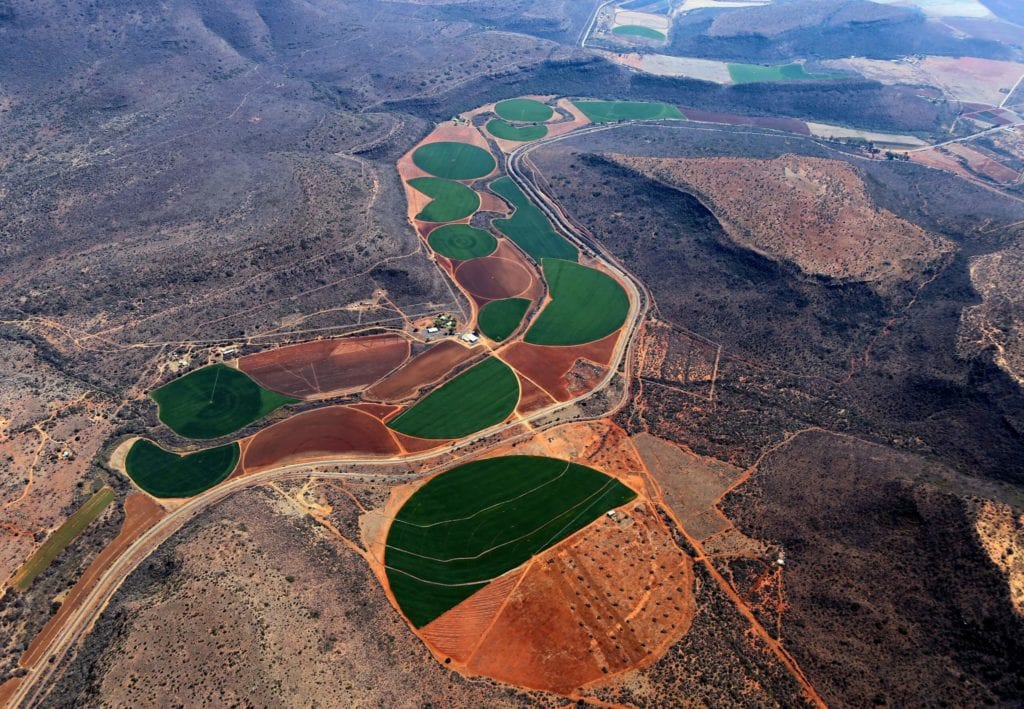
Bananas are the fourth-largest crop in the world. When a fungal plague all but wiped out the world’s dominant Gros Michel banana cultivar in the 1950s, growers switched to Cavendish bananas because they were resistant to the fungus. Almost all the world’s bananas are descended from that original plant. Now, scientists are worried that the evolving fungus might wipe out the Cavendish cultivar too.
We also know that a loss of our bee pollinators will spell the end of many fruits, nuts, and vegetables we take for granted, and we know that bee populations are facing unprecedented challenges. Imprudent use of neonicotoid pesticides may not be the only cause, but that should not stop us from banning them—as has been done in Europe.
The pandemic has compounded existing problems exponentially, giving many of us our first visceral introduction to food insecurity.
Walking into a modern supermarket, it is hard to imagine hunger. The aisles are filled with a staggering array of products: more than 45,000 on average. For any particular type of food, there are literally dozens of choices. Of course, many of these are merely variations on basic ingredients; packaged for maximum market segmentation, they offer the illusion of choice. Outside that deva realm, in marginalized communities, food deserts offer unhealthy edible products, but little else.
Supply chain disruptions from the novel coronavirus have involved not just meat-packing plants, toilet paper, and hand sanitizer. Farmers are destroying all manner of crops because they cannot get them to market. In other words, it’s not just that we have too much and are wasteful; it means that many essential structures in our societies are under great strain. Empty gaps on store shelves are now the new normal and there’s no V-shaped recovery in the offing. We are seeing something more akin to a K-shaped recovery, where a small group of folks do very well, while many more face a growing crisis. So let’s expand our vision from ingredients to the larger systemic issues.
We throw away 40 per cent of all the food we produce, and that includes the energy it takes to grow it, package it, ship it, refrigerate it, and display it. If food waste were a country, it would be the world’s third-largest carbon polluter.
At the onset of the pandemic, the authorities repeatedly told us not to panic because there was lots of food in the system. Nevertheless, we’ve seen staggering images of thousands of people lining up for food handouts from armies of volunteers. They aren’t lining up for truffles and broccolini. The pandemic has compounded existing problems exponentially, giving many of us our first visceral introduction to food insecurity. Last year, one in six people in North America faced hunger every day. For households with children, it was one in five. For disadvantaged communities, it was one in three! Now, the pandemic has pushed tens of millions more North Americans into their ranks. Time to rethink and de-centralize our food production and distribution model!
Food waste is a huge issue. We throw away 40 per cent of all the food we produce, and that includes the energy it takes to grow it, package it, ship it, refrigerate it, and display it. If food waste were a country, it would be the world’s third-largest carbon polluter. In North America, that translates into more than 20 billion pounds (9.1 billion kilograms) of food each year. Fixing even that problem alone would be a huge win.
Food Security as a Practice
But let’s go further. The Buddha’s message was very clear: do no harm. Monastics are to depend on food donations. Lay practitioners should seek livelihoods based on compassion rather than accumulation or domination. What does that look like in terms of our modern, globally interdependent civilization?
There are many opportunities to deepen one’s practice around food security within the context of Buddhist organizations.
In olden times, Buddhist monasteries were supported by the farming communities around them. In Zen monasteries, daily physical work (samu) was part of practice, but it was not typically agricultural labour. Now the tables are turned. For modern-day Buddhist centers, samu could include community outreach food security initiatives. Those could be urban farming, volunteering at a local food bank, running a “pay-what-you-can” vegetarian meal program, a school lunch program, helping neighbors plant Victory gardens, or many other things.
As I write this, the Buddhist Global Relief organization is promoting a series of Walks for Hunger that will run through October and November.
For Buddhist practitioners, becoming involved in policy debate is a political decision at one remove from direct action, but it is an essential aspect of the big social justice picture. Large Buddhist charities such as Buddhist Global Relief, Tzu Chi Compassion Buddhist Relief, the Buddhist Peace Fellowship, and Karuna, have food programs as part of their mandate. Many temples and organizations that support orphanages and the like in Asia also fund food programs. So there are many opportunities to deepen one’s practice around food security within the context of Buddhist organizations.
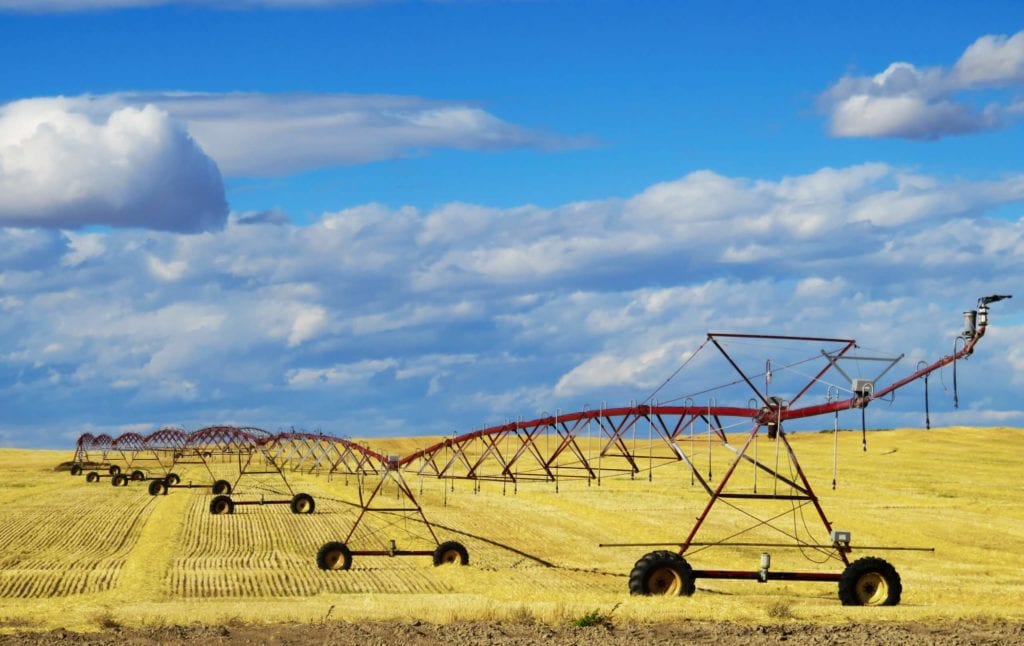
In my humble opinion, supporting local initiatives is critically important at this time. Consider the potential impact of bringing a Buddhist perspective to other broad-based interfaith and secular organizations focused on progressive social policies such as food security in your own community! In many respects, your sweat equity will bear more fruit than miles logged, financial contributions, thoughts and prayers.
So much of our economy is tied to food, and not just at the bistro down the street; food is inextricably part of the travel economy, from airlines to hotels to tourist destinations to cruises. Those industries are going to be on a ventilator for several years. Many of them may die. It’s a critical juncture in our history, much more immediate than the climate/extinction crisis (which isn’t going away, by the way, just because we’re distracted). We have a once-in-a-lifetime opportunity to redirect our resources to a more sustainable, equitable food security solution than the “normal” of even a year ago.
Since the cataclysmic economic fallout of the coronavirus pandemic, the silver lining is that we have seen deep societal problems that were previously ignored.
The intersection of climate change and food production is everywhere around us if we are mindful of it. From raging forest fires destroying California’s elite Napa Valley wineries, or willful slash-and-burn tactics to turn the Amazon rainforest into a giant beef pasture, to droughts and floods, it should be clear that we can’t simply call for decarbonization of our economy and divestment from fossil fuel unless we embrace a new regenerative ecology model that focuses more on personal sufficiency and public luxury, rather than personal luxury at the expense of public sufficiency.
This is a deeply researched and hugely important issue, for which I discovered many more resources than I could possibly fit into the references section below. However, since the cataclysmic economic fallout of the coronavirus pandemic, the silver lining is that we have seen deep societal problems that were previously ignored. We have a clean slate to try new ways of growing and sharing food, that most essential component of a healthy society. Let’s not waste it.
This article was originally published on Buddhistdoor. It is reprinted here with permission.
References
Krznaric, Roman. 2020. The Good Ancestor: How to Think Long-Term in a Short-Term World. New York: The Experiment.
Laidlaw, Stuart. 2003. Secret Ingredients: The Brave New World of Industrial Farming. Toronto: McClelland & Stewart.
Toensmeir, Eric and Jonathan Bates. 2013. Paradise Lot: Two Plant Geeks, One-Tenth of an Acre, and the Making of an Edible Garden Oasis in the City. White River Junction, VT: Chelsea Green Publishing.

